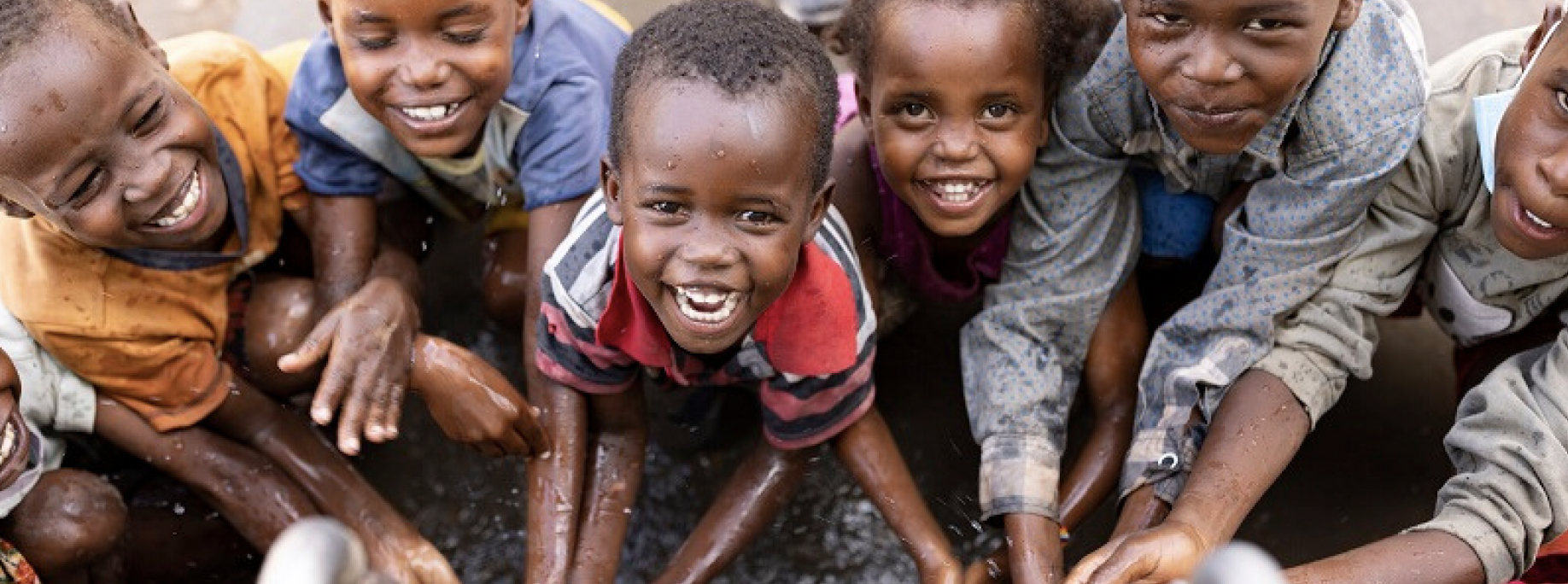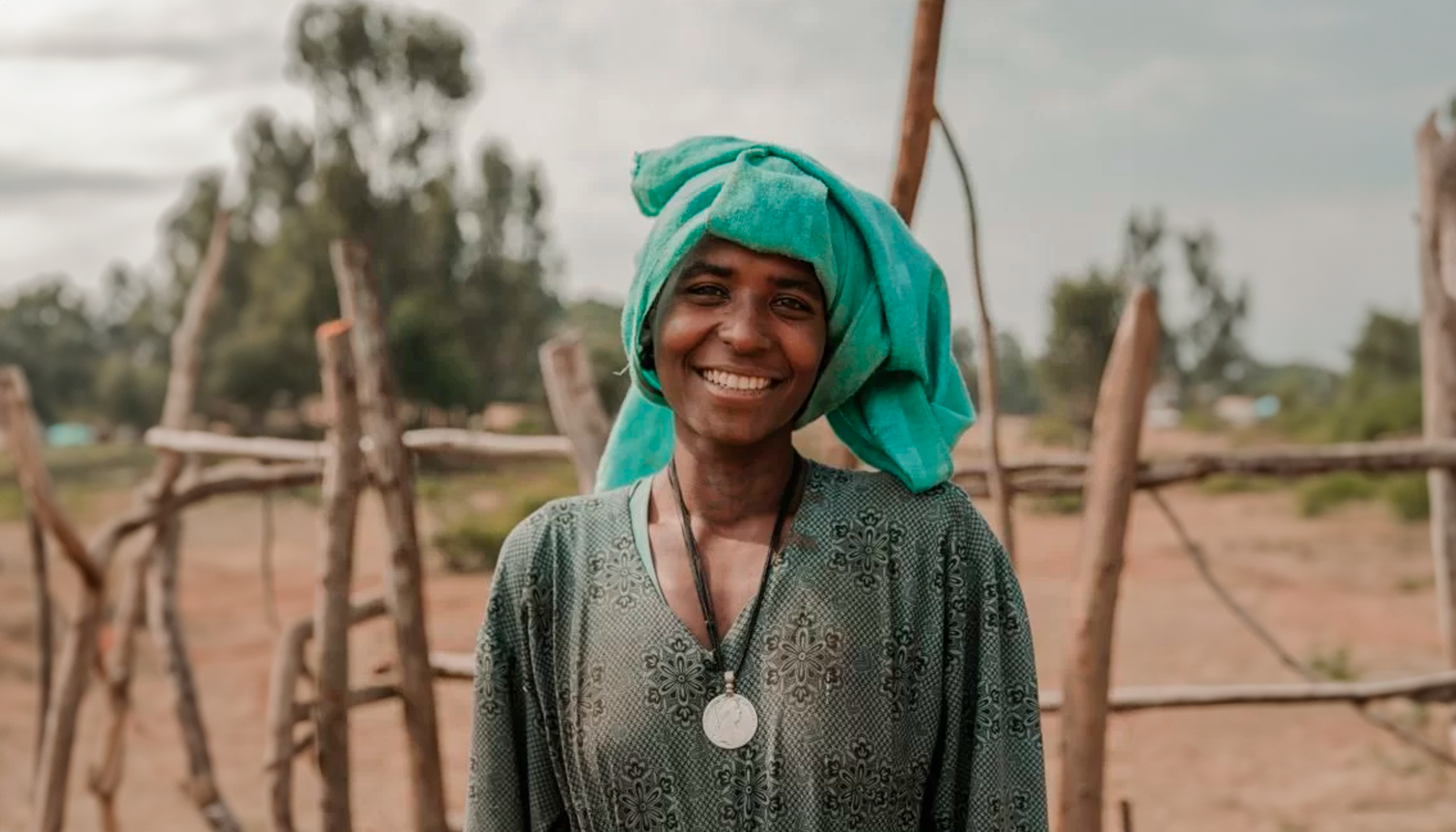SUMMARY
Measuring the Road to 100M
ChildFund International works with children living in poverty to increase their capacity and improve their lives through health, nutrition, early childhood development, education, youth empowerment, and economic strengthening. Additionally, ChildFund places great importance on child protection, which is integrated into all of these sectors.
As part of its new strategic plan, ChildFund aims to quadruple the organization’s annual reach from 25 million to 100 million children and families. Databoom has been working with ChildFund to scale an M&E framework and set of methods that will monitor the contribution of policy and budget advocacy to the organization’s overall reach and impact goals. Final products include a theory of change that articulates the organization’s work through advocacy, logic models piloted at the country level to align campaign-level efforts to the theory of change, scorecards for data capture, and an M&E Framework to track and monitor ChildFund’s progress through advocacy.
SERVICES
- Strategy Development
- Measurement & Resource Planning
- Tool Development
- Capacity Building
THE NEED
Since its founding in 1938, ChildFund has worked to improve the quality of life of vulnerable children in deprived and excluded communities around the world. As part of its new strategic plan, ChildFund aims to quadruple the organization’s annual reach from 25 million to 100 million (“100M”) children and families by broadening its donor base and scaling up direct program implementation, partnerships, advocacy, and communications. From 2021-2022, Databoom supported ChildFund on two strategic initiatives.
A MEASUREMENT FRAMEWORK LINKED TO STRATEGY
In 2021, Databoom worked with ChildFund leadership to create a measurement framework aligned with the organization’s new strategy. Our role was to develop a robust, feasible, and compelling measurement approach, identify gaps in measurement, and recommend how to
strengthen the organization’s monitoring and evaluation (M&E) systems to capture reach and impact.
We began by conducting a desk review of ChildFund’s documents and organizational
theory of change (ToC), partner organization resources, and donor priorities for child health and development. We interviewed ChildFund’s leadership team, country-based teams, measurement and learning teams, and advocates to gain insight into program priorities, existing
systems, and measurement gaps.
Based on the desk review and interview results, we drafted a measurement framework linked to the organization’s new strategy and goal of reaching 100M. We facilitated workshops to pretest, iterate, and improve the framework with internal stakeholders. Once we finalized
the framework, we created a companion piece with a bank of measurement options and resources to fill gaps in the existing M&E system. We documented plausible ways to measure the organization’s journey to scale.

CAPTURING THE CONTRIBUTION OF ADVOCACY
With the measurement framework complete, ChildFund realized how much it would need to broaden its work beyond direct program implementation to meet its strategic goals. In 2022, Databoom worked with ChildFund to develop and pilot a set of methods that would capture the contribution of ChildFund’s advocacy efforts to reaching the organization’s 100M target.
We conducted a desk review of advocacy evaluation resources and completed a series of internal and external consultations. We worked with advocacy stakeholders to create a global ToC to capture the expected pathways and impact for ChildFund’s advocacy efforts in child protection. We then piloted the ToC in two countries – Guatemala and Uganda – and linked the ToC to countrylevel logic models that captured program-level inputs, activities, outputs, and outcomes. Once finalized, we captured the TOC and country-level logic models in shareable formats for internal decision-making and for external communications.

Based on the ToC, we worked with ChildFund’s Advocacy Team to develop a measurement framework that includes strategic-level outcome indicators linked to three pillars of work: governments, communities, and children as active agents of change. Our framework is aligned with ChildFund’s ecological model, which places children at the center for programming for the upcoming program cycles. We matched the indicators to potential data sources and realized that most data would come from country offices, local partners, and US-based advocates. We then developed a scorecard that could be used annually to capture ChildFunds reach and contribution
through child protection related policy advocacy and budget changes for child protection. At the global level, country-level results will be aggregated to estimate ChildFund’s reach and contribution to child protection advocacy.
We piloted the scorecard with the Guatemala, Uganda, and the US-based advocacy teams and modified it to capture more of the advocacy process, including retrospective data on policy actions, the maintenance and sustainability of advocacy wins over time, and ChildFund’s role in coalition building. In the next project phase we will shift from a manual scorecard (in Excel) to a digital capture system and scale up the scorecard to additional countries.
THE RESULT
ChildFund has moved forward with the Measurement Framework for its strategy. The measurement and learning teams are socializing the framework and working to fill evidence gaps. They are also rolling the framework out globally to capture the organization’s progress
toward its 100M goal.
Databoom continues to work with the Advocacy Team to capture ChildFund’s contribution to national and sub-national policy and budget changes for child protection at the country and US level. Next steps are to create a reach calculator to complement the scorecard. The calculator will incorporate dimensions of vulnerability and the appropriate demographic data
to calculate potential and estimated reach across advocacy efforts.
We will also work with the Advocacy Team to create a participatory evaluation approach adapted from outcome harvesting and the Most Significant Change (MSC) approach to identify the effect of policy changes at the country level, how change occurred, and the contribution of ChildFund and its partners to those changes. It will complement the scorecard and other quantitative data sources and provide insight into why and how policy
change occurs.
Through these strategic initiatives, ChildFund has placed a high value on data triangulation and holding itself accountable for progress against its new strategy and 100M goal. The organization is committed to being authentic and honest in its measurement and it is creating rigorous resources that serve as a model for advocates in the child protection sector. ChildFund also believes that its advocacy measurement framework will be a valuable addition to the policy advocacy discourse.
IMPACT





